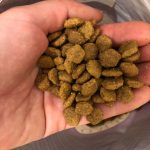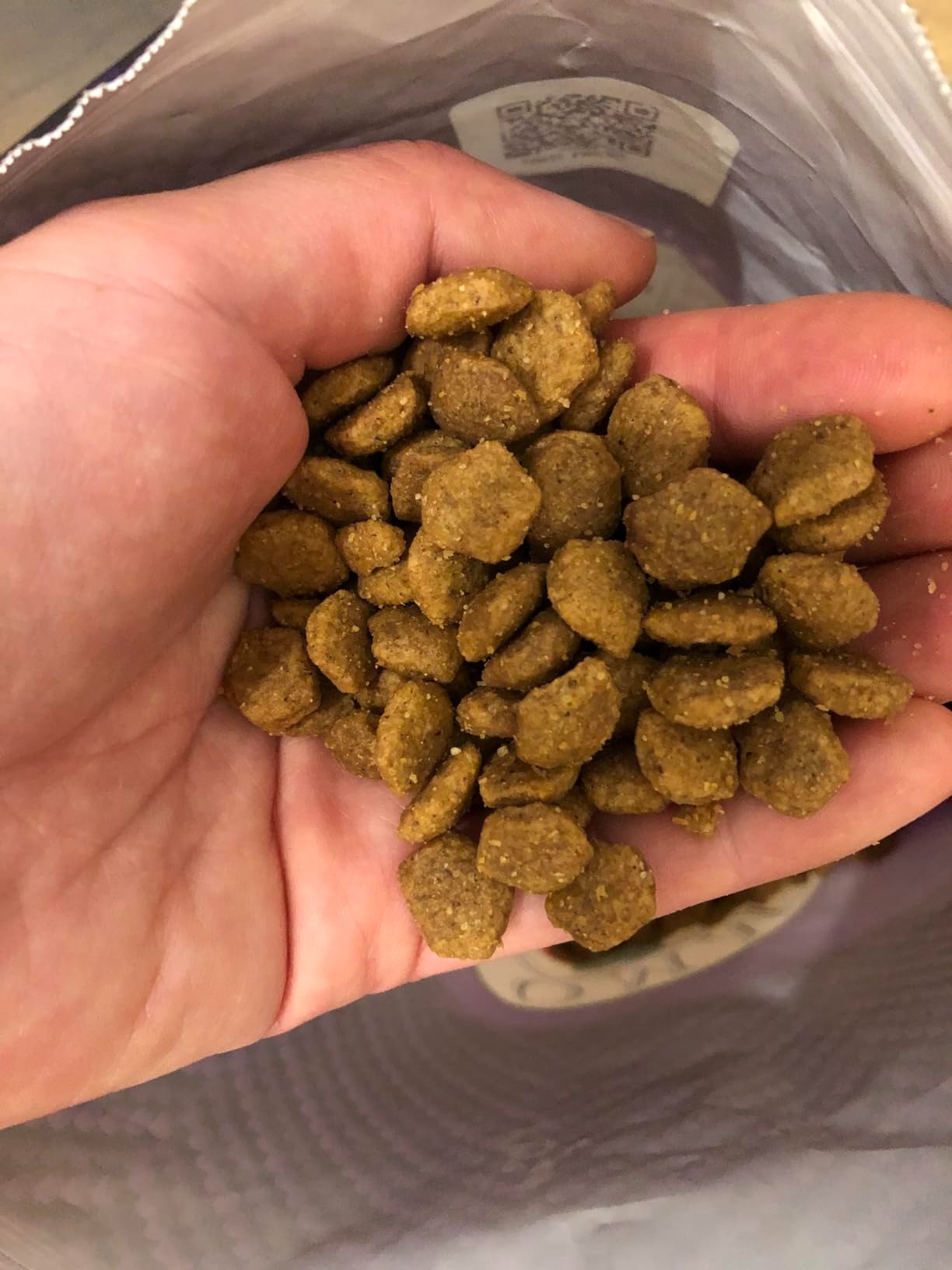What Is Algae in a Fish Tank?
How to get rid of algae in fish tank? Algae in a fish tank is a common issue that many aquarium owners face. It appears as green, brown, or black patches on the glass, rocks, and plants. While some algae is normal and even beneficial, excessive growth can be unsightly and harmful to your fish.
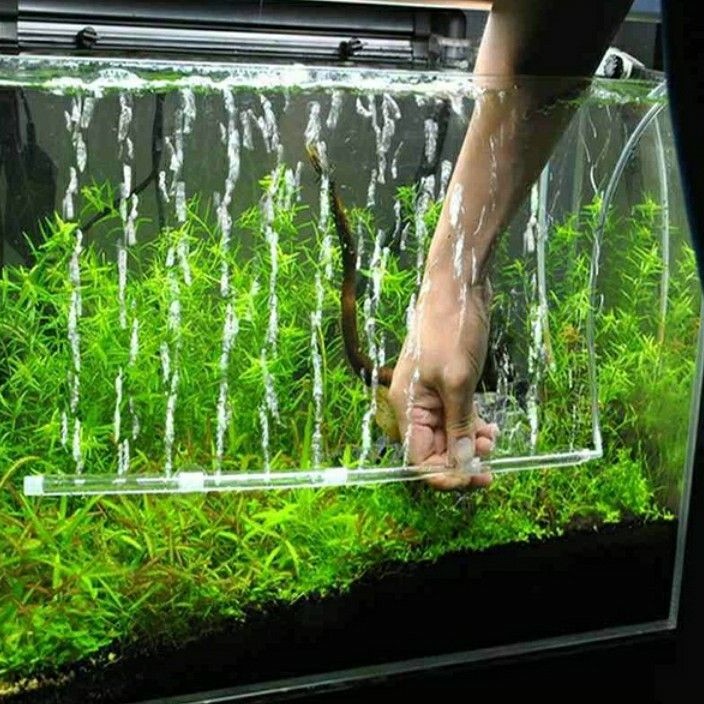
The main cause of algae growth is an imbalance in the tank’s environment. Too much light, excess nutrients, and poor water quality can all contribute to rapid algae development. Understanding how to get rid of algae in your fish tank is essential for maintaining a clean and healthy aquarium.
Algae can come in different forms, such as string algae, brown algae, and blue-green algae. Each type has its own causes and treatment methods. Knowing what kind of algae you’re dealing with helps you choose the right solution.
In this article, we’ll explore various ways to get rid of algae in your fish tank. You’ll learn about both natural and chemical solutions, as well as how to prevent future growth.
By the end, you’ll have a clear plan for keeping your aquarium clean and algae-free.
Why Algae Grows in Fish Tanks
Algae grows in fish tanks due to several factors that create an ideal environment for it to thrive. One of the most common reasons is excess light exposure. If your tank receives too much direct sunlight or is left on for long periods, it encourages algae to grow quickly.
Another major factor is overfeeding. When fish are fed more than they need, the extra food breaks down into waste, which becomes a food source for algae. This leads to an increase in nutrients like nitrates and phosphates, fueling algae growth.
Poor water circulation also plays a role. Stagnant water allows algae to settle and multiply more easily. In addition, low oxygen levels can weaken fish and make them more susceptible to disease, further worsening the problem.
Hard water with high mineral content can also promote algae growth. Some types of algae, like black beard algae, thrive in these conditions.
Finally, lack of maintenance is a key contributor. Not cleaning the tank regularly, not doing water changes, or neglecting filter maintenance can lead to an overgrowth of algae.
Understanding why algae grows in your fish tank helps you take the right steps to get rid of it and prevent it from returning.

Step-by-Step Guide
Getting rid of algae in your fish tank requires a combination of manual cleaning, chemical treatments, and environmental adjustments. Here’s a step-by-step guide to help you eliminate algae effectively.
- Scrub the Glass and Decorations: Use a magnetic algae scraper or a soft brush to remove algae from the glass and decorations. This is one of the most effective ways to reduce visible algae.
- Perform a Water Change: Replace 20–30% of the water in your tank. This helps remove excess nutrients that feed the algae. Be sure to use dechlorinated water to avoid stressing your fish.
- Clean the Filter: A clogged filter can contribute to poor water quality. Remove and rinse the filter media according to the manufacturer’s instructions. This improves water flow and reduces nutrient buildup.
- Add Algae-Eating Fish or Snails: Certain species, like Otocinclus catfish, Amano shrimp, or Nerite snails, help control algae naturally. They eat algae without harming your plants or fish.
- Use an Algae Remover Product: If the algae is stubborn, consider using a commercial algae remover. These products can be applied directly to the affected areas, but always follow the instructions carefully.
- Adjust Lighting: Reduce the amount of time your lights are on each day. Most tanks only need 8–10 hours of light per day. Excessive lighting promotes algae growth.
- Monitor Water Parameters: Test your water regularly for ammonia, nitrite, and nitrate levels. High levels of these substances can encourage algae to flourish.
By following these steps, you can effectively get rid of algae in your fish tank and maintain a clean, healthy environment for your aquatic pets.
Natural Ways to Get Rid of Algae in Fish Tank
How to get rid of algae in fish tank? If you prefer a more natural approach, there are several eco-friendly methods to get rid of algae in your fish tank without using harsh chemicals.
One of the best options is to introduce algae-eating organisms. Species like Amano shrimp, Oto catfish, and Nerite snails are excellent at consuming algae without disturbing your tank’s balance.
You can also increase plant life in your aquarium. Live plants compete with algae for nutrients and light, helping to reduce their growth. Choose fast-growing plants like Anubias, Java moss, or Water wisteria.
Another natural method is to reduce the amount of light your tank receives. Algae thrives in bright light, so limiting the duration and intensity of your tank lights can slow its growth.
Additionally, avoid overfeeding your fish. Excess food leads to higher nutrient levels, which feed the algae. Feed your fish only what they can eat in a few minutes.
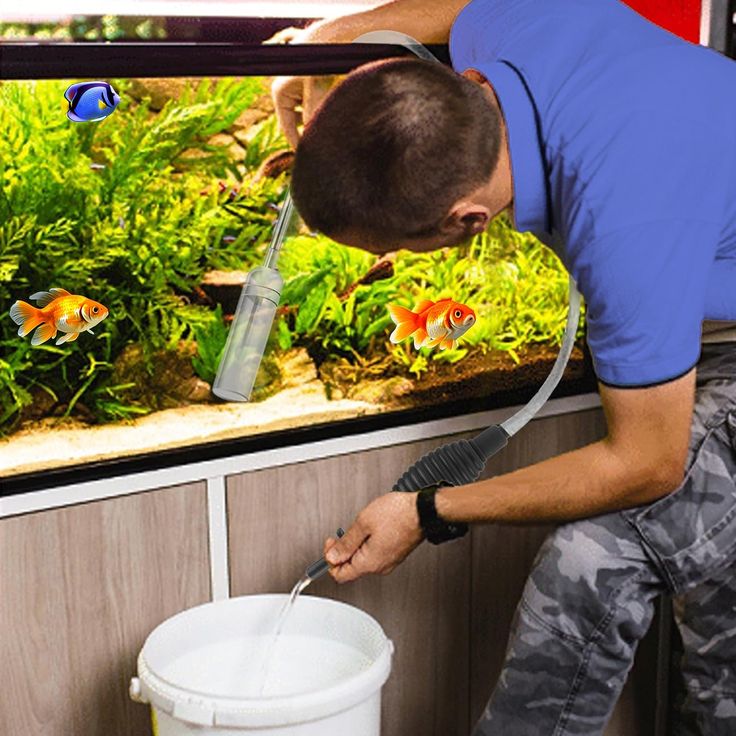
Using activated carbon in your filter can also help remove impurities that contribute to algae growth. It absorbs excess nutrients and improves water clarity.
These natural methods are safe for your fish and help maintain a balanced ecosystem in your aquarium.
Chemical Solutions for Getting Rid of Algae in Fish Tank
How to get rid of algae in fish tank? When natural methods aren’t enough, chemical solutions can be an effective way to get rid of algae in your fish tank. However, it’s important to use them carefully to avoid harming your fish or disrupting the tank’s balance.
One popular option is algaecides, which are specially formulated to kill algae. These products can be added directly to the water, but it’s crucial to follow the instructions precisely. Some algaecides may harm sensitive fish or invertebrates.
Another option is bleach-based cleaners, which are used to scrub algae off the glass and decorations. Mix a small amount of bleach with water (about 1 part bleach to 19 parts water), apply it to the affected areas, and then rinse thoroughly. Never use bleach inside the tank itself.
Some aquarists use hydrogen peroxide to treat algae spots. It’s less toxic than bleach but still needs to be used with caution. Apply it to the algae with a sponge or brush, then rinse well.
It’s also possible to use commercial algae removers, which often contain a mix of ingredients designed to break down algae. Always test the product in a small area first and monitor your fish closely after application.
While chemical solutions can be powerful, they should be used sparingly and only when necessary. Overuse can harm your fish and disrupt the delicate balance of your aquarium.
Preventing Future Algae Growth in Your Fish Tank
Preventing algae growth is just as important as getting rid of it. By making a few simple adjustments, you can significantly reduce the chances of algae returning to your fish tank.
One of the most effective prevention methods is regular maintenance. Clean the tank weekly, do partial water changes, and check your filter to ensure it’s working properly. Consistent care helps maintain a stable environment.
Controlling light exposure is another key factor. Avoid placing your tank in direct sunlight and limit the number of hours your lights are on. Many hobbyists use timers to keep the lighting consistent and avoid overexposure.
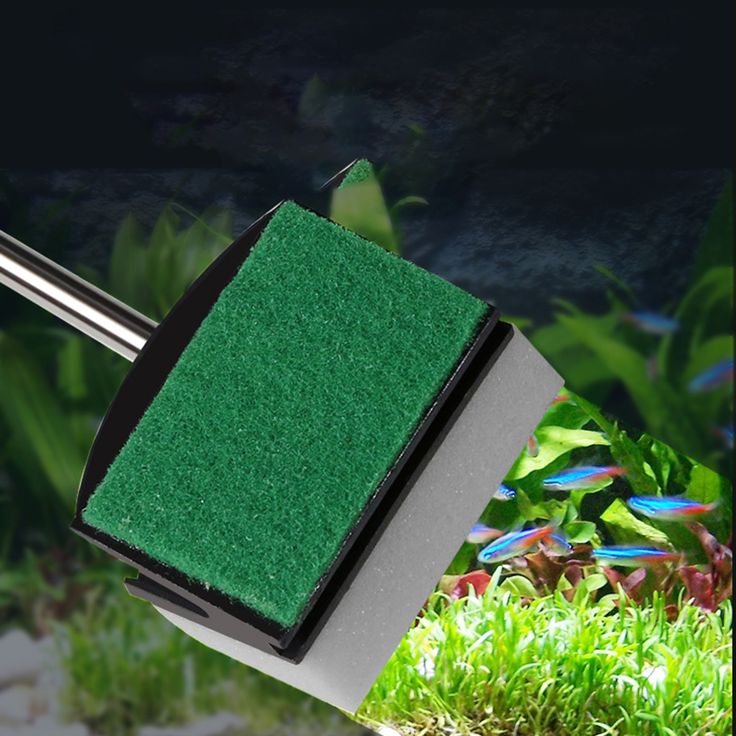
Balancing your tank’s nutrients is also important. Avoid overfeeding your fish and use a good-quality substrate that doesn’t release excess minerals. Regular water testing helps you catch imbalances early.
Adding live plants can also help prevent algae by competing for nutrients and reducing available light. Choose plants that match your tank’s size and lighting conditions.
Lastly, monitor your fish health. Sick or stressed fish are more likely to produce excess waste, which can fuel algae growth. Keep an eye on your fish and address any issues promptly.
By taking these preventive measures, you can enjoy a clean, algae-free aquarium for months to come.
The Role of Filtration in Controlling Algae
Filtration plays a critical role in controlling algae in your fish tank. A strong and well-maintained filtration system helps remove excess nutrients, waste, and debris that contribute to algae growth.
There are three main types of filtration: mechanical, chemical, and biological. Mechanical filters trap large particles, while chemical filters use substances like activated carbon to absorb impurities. Biological filters support beneficial bacteria that break down harmful substances.
To improve your filtration, consider upgrading to a high-quality filter that matches the size of your tank. For a 10-gallon tank, a hang-on-back or canister filter with a good flow rate is usually sufficient.
Regularly clean or replace filter media to ensure it works efficiently. Clogged filters can lead to poor water quality and increased algae growth.
Some filters also include algae control features, such as UV sterilizers, which can help reduce certain types of algae. However, these are typically used in larger tanks and may not be necessary for smaller setups.
By maintaining a strong filtration system, you can create a healthier environment for your fish and significantly reduce the risk of algae problems.
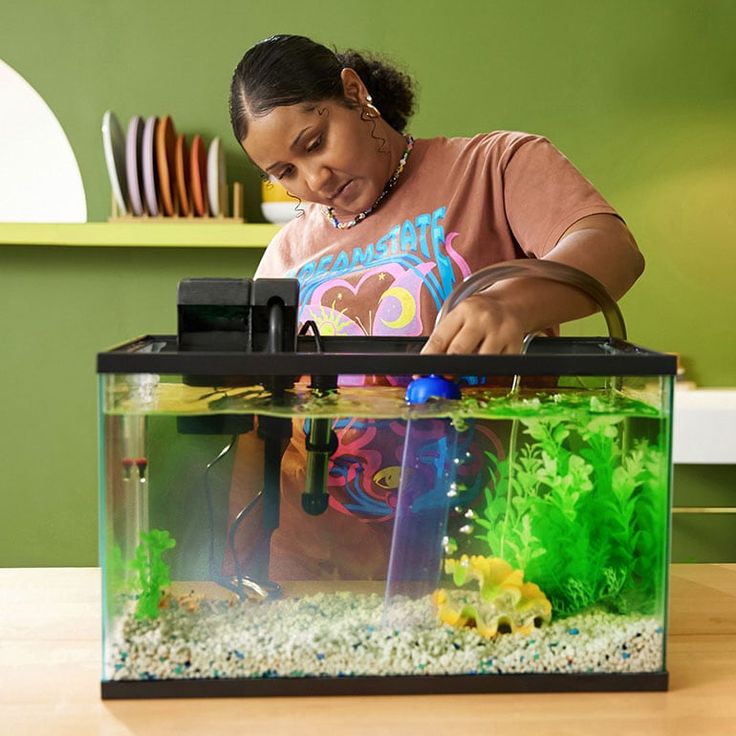
Conclusion
In conclusion, algae in a fish tank is a common issue that can be managed with the right techniques. Whether you’re using natural methods, chemical solutions, or prevention strategies, there are many ways to get rid of algae in your fish tank and keep it clean.
Remember, the key to success is consistency and proactive care. Regular cleaning, proper feeding, and good filtration are essential for maintaining a healthy aquarium.
By understanding how to get rid of algae in your fish tank and implementing effective solutions, you can enjoy a beautiful, thriving aquatic environment for your fish.
So, how to get rid of algae in fish tank? With the right knowledge and effort, you can achieve a clean and healthy tank that your fish will love.

